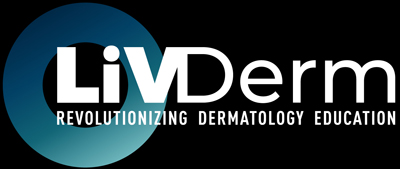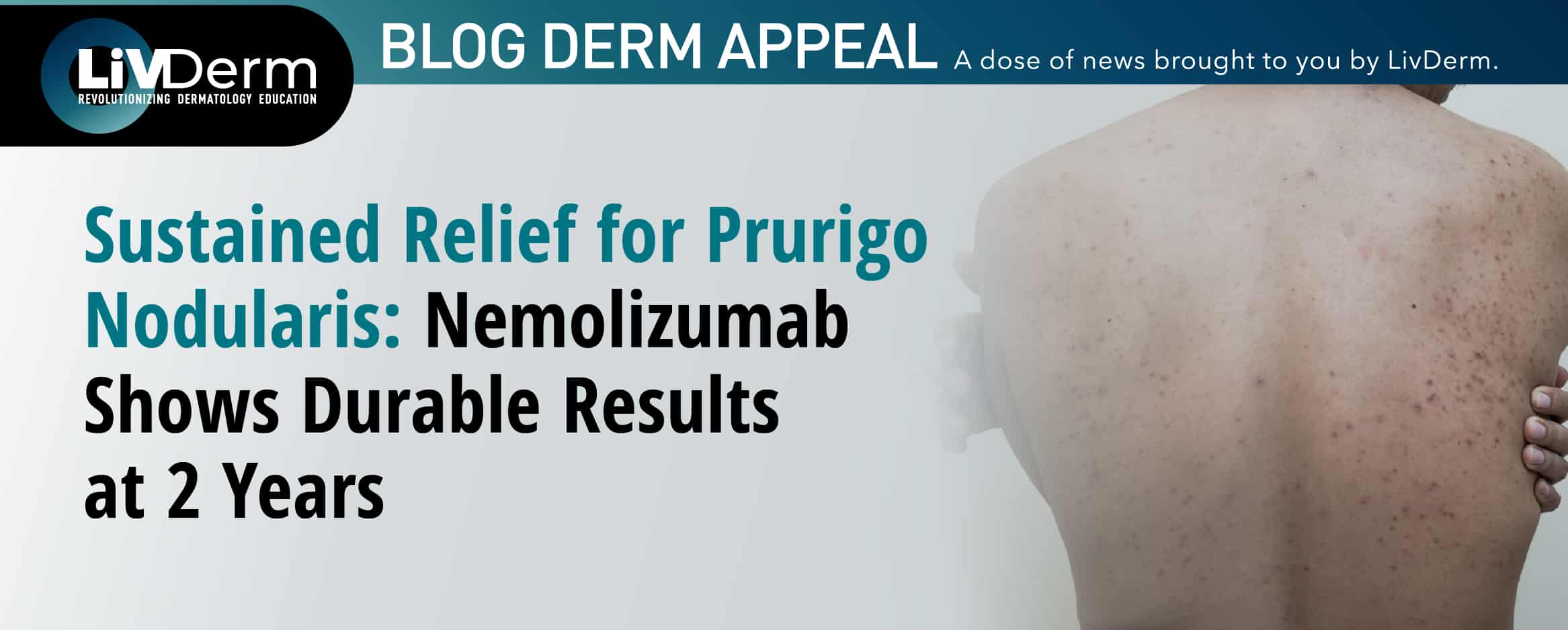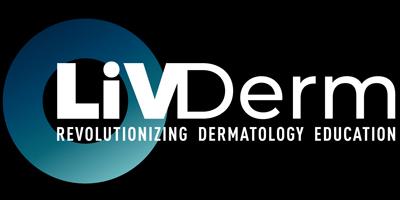Prurigo nodularis (PN), long regarded as one of the most treatment-resistant pruritic dermatoses, may finally have a consistent therapeutic contender. New long-term data from the OLYMPIA extension study suggests that nemolizumab, a subcutaneously administered IL-31 receptor A antagonist, continues to deliver meaningful and sustained relief for PN patients even after two years of treatment.
This emerging evidence reinforces the need for clinicians to revisit their long-term treatment strategies for this highly burdensome disease.
Two-Year Outcomes Confirm Long-Term Efficacy
In findings presented at the 2025 World Congress of Dermatology, over 90% of participants in the OLYMPIA long-term extension study experienced sustained improvement in itch intensity, defined as a 4-point or greater reduction in peak pruritus numeric rating scale (PP-NRS) scores.
Additionally, nearly 75% of patients achieved skin lesion clearance or near-clearance using the Investigator’s Global Assessment (IGA) scale. These results build upon earlier clinical trials showing nemolizumab’s rapid onset of action and durable response over time.
Importantly, efficacy was maintained without the emergence of new safety signals. The overall safety profile remained favorable, with adverse events typically mild to moderate in severity.
Shifting the Landscape of Prurigo Nodularis Management
These findings may represent a turning point in how dermatologists approach PN—a condition historically associated with high itch burden, psychosocial distress, and limited therapeutic options. Many patients cycle through systemic corticosteroids, antihistamines, gabapentinoids, and off-label immunomodulators with marginal success.
Nemolizumab, now approved as Nemluvio in several countries for PN, directly targets IL-31 signaling, a key neuroimmune driver of chronic pruritus and inflammation. Its subcutaneous dosing regimen also offers convenience and consistency in long-term care models.
With mounting data across both PN and atopic dermatitis cohorts, nemolizumab’s utility as a durable biologic for itch-driven dermatoses is growing, and may soon expand further with regulatory movement in additional indications.
Implications for Clinical Practice
For dermatologists managing chronic PN patients, these two-year data provide several actionable takeaways:
- Sustained itch relief is achievable
Long-term control of pruritus, one of the most debilitating features of PN, is no longer theoretical. Consistent reductions in PP-NRS scores over two years validate nemolizumab as a cornerstone option.
- Lesion clearance may follow pruritus control
The relationship between itch reduction and nodule resolution is increasingly clear. Early intervention with IL-31 blockade may prevent chronic scratching cycles and improve skin morphology over time.
- Long-term safety remains a strength
With no new safety concerns and a predictable adverse event profile, nemolizumab presents as a manageable long-term biologic option, especially for patients cycling off corticosteroids.
As more clinicians adopt this treatment in practice, further real-world studies will be critical to understanding subgroup responses, optimal treatment duration, and combination strategies with other systemic or topical agents.
Conclusion
The chronic itch and skin damage experienced by PN patients can deeply impair quality of life. For many years, dermatologists had few reliable options to offer. The latest OLYMPIA data support nemolizumab as a durable, safe, and targeted intervention that may redefine the long-term outlook for PN patients.
As dermatology moves toward precision-driven and symptom-specific therapies, nemolizumab’s role is likely just beginning.
Sources:

















